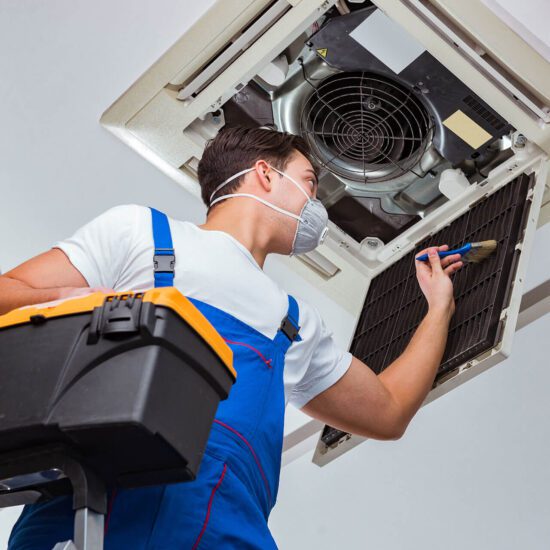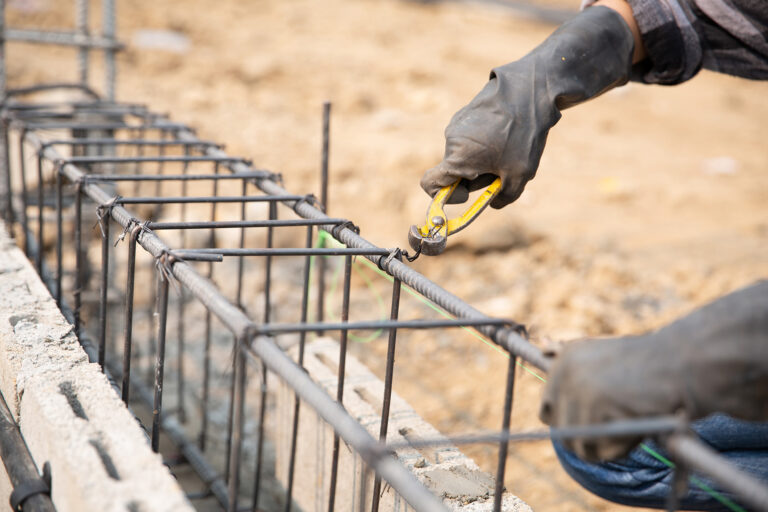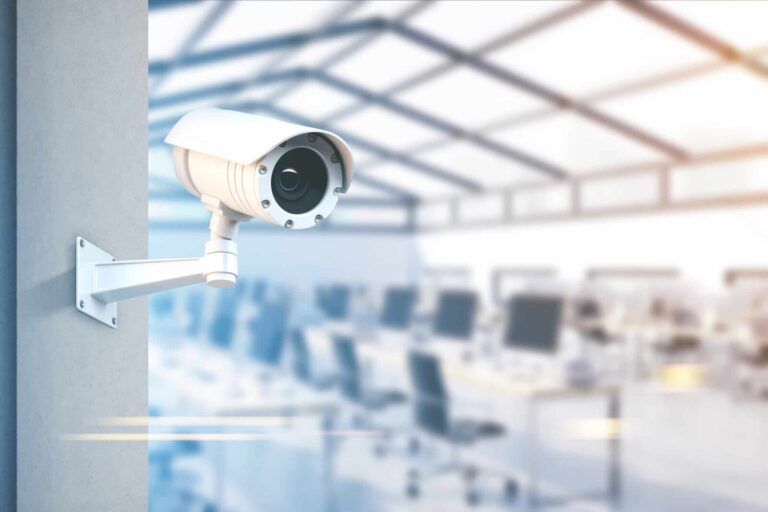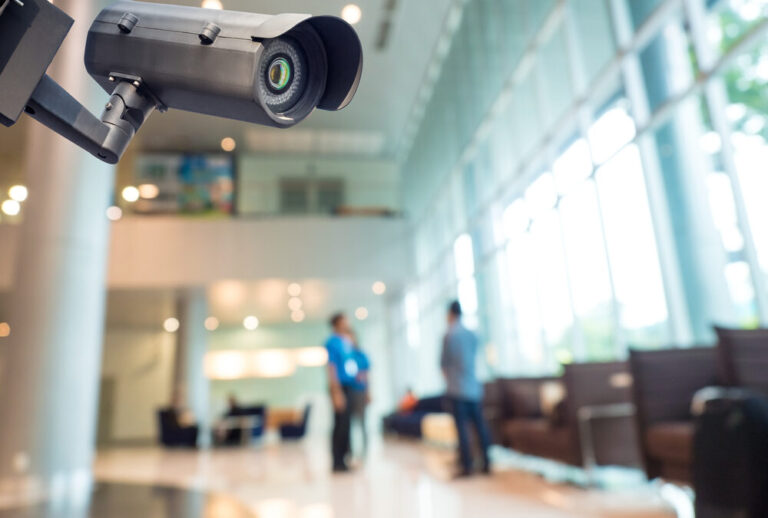Your Trusted Buyers Agency Partner




About Us
Your trusted partner in navigating the complex world of property buying across Australia. Our mission is simple: to empower you with expert guidance, unmatched local knowledge, and a seamless experience that turns your property goals into reality.
With years of experience in residential, commercial, and investment property acquisitions, we’ve built a reputation for delivering tailored solutions that meet the unique needs of every client. From first-time homebuyers to seasoned investors, our team is dedicated to providing the insights and support needed to succeed in Australia’s competitive real estate markets.
Why Choose Us?
- Client-Centric Approach: Your goals are our priority. We listen, understand, and deliver.
- Local Expertise: Our deep knowledge of Australia’s property markets ensures you gain a competitive edge.
- Tailored Solutions: From family homes to commercial investments, we design strategies that align with your needs.
- Transparency and Trust: We operate with integrity, keeping you informed and confident at every step.

Recent Posts
Our Services
We provide a comprehensive range of buyers agency services tailored to your property needs. Whether you’re looking for a family home, a commercial property, or an investment opportunity, our team is here to simplify the process and deliver exceptional results.
Finding your perfect home can be overwhelming, especially in competitive markets. Our residential buyers agency services are designed to make your journey stress-free and rewarding.
- Property Search and Selection
- Access to Off-Market Opportunities
- Neighborhood Expertise
- Negotiation Support
Navigating the commercial buyers agency property market requires expertise and precision. We specialize in finding strategic properties that align with your business goals and deliver long-term value.
- Commercial Property Search
- Market Analysis
- Investment Strategy
- Professional Negotiation

Building a profitable property portfolio requires strategic planning and market knowledge. We guide investors in identifying high-performing properties with strong capital growth and rental yields.
- Portfolio Assessment
- Suburb Reports
- Customized Strategies
- End-to-End Support
Attending an auction can be intimidating, but with our experienced team by your side, you’ll have a clear advantage.
- Pre-Auction Strategies
- Professional Representation
- Market Insights
What Our Clients Say
Exceptional Service for Investors
“As an investor, I needed someone who understood the market and could identify high-growth properties. Homes With Supremebest exceeded my expectations with their strategic advice and seamless service.”
Daniel M.
Trustworthy and Transparent
“From the first consultation to settlement, the team at Homes With Supremebest was transparent and supportive. They truly put our interests first, making the entire buying process smooth and enjoyable.”
Laura K.









